In recent years, American glass tile has emerged as a popular choice for homeowners, interior designers, and architects alike. Its stunning aesthetic appeal, durability, and versatility make it an excellent option for various applications, from kitchen backsplashes to bathroom walls. In this article, we will delve into the world of American glass tile, exploring its history, manufacturing process, benefits, and numerous design possibilities. Section 1: The History of American Glass Tile: American glass tile has a rich history that stretches back centuries. Glass tile production was first introduced in the United States in the late 1800s, with companies like Tiffany and Company paving the way for its popularity. However, it wasn’t until the mid-1900s that advancements in technology allowed for the mass production of glass tile, making it more accessible to a wider range of consumers. Section 2: The Manufacturing Process: American glass tile is crafted using a meticulous manufacturing process that involves cutting, melting, and shaping glass. The process begins with raw materials such as silica sand, soda ash, and limestone, which are blended together and melted in a furnace. The molten glass is then poured into molds or extruded into sheets, and once cooled, it is cut into the desired shape and size. Finally, the glass pieces undergo a series of finishing processes, including polishing and sealing. Section 3: The Benefits of American Glass Tile: 3.1 Durability: American glass tile is renowned for its strength and longevity. Unlike ceramic or porcelain tiles, glass tile is resistant to scratches, stains, and fading, making it an ideal choice for areas prone to high foot traffic or moisture exposure.
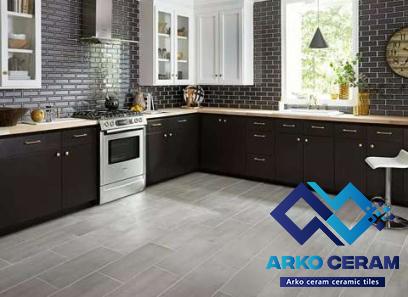
.
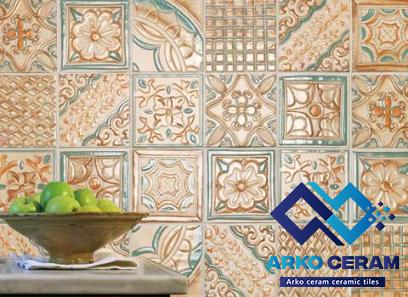 3.2 Reflective Properties: Glass tile has a unique ability to reflect light, instantly brightening any space. This reflective quality creates an illusion of depth and spaciousness, making even small rooms appear larger. Additionally, glass tile can enhance natural light, transforming dull spaces into vibrant ones. 3.3 Versatility: One of the greatest advantages of American glass tile is its versatility.
3.2 Reflective Properties: Glass tile has a unique ability to reflect light, instantly brightening any space. This reflective quality creates an illusion of depth and spaciousness, making even small rooms appear larger. Additionally, glass tile can enhance natural light, transforming dull spaces into vibrant ones. 3.3 Versatility: One of the greatest advantages of American glass tile is its versatility.
..
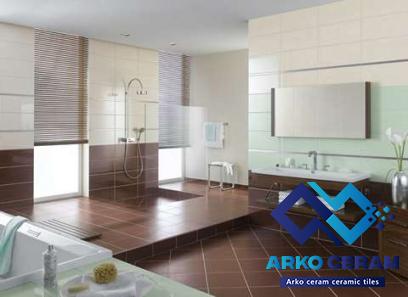 Available in a wide range of colors, sizes, and finishes, it offers endless design possibilities. Whether you prefer a sleek and modern look or a more traditional and intricate pattern, glass tile can be customized to suit any style or vision. 3.4 Easy Maintenance: Glass tile is incredibly low-maintenance, requiring only regular cleaning to maintain its pristine appearance. Its smooth surface makes it resistant to dirt and grime buildup, and most stains can be easily wiped away with a mild cleanser. Section 4: Applications of American Glass Tile: 4.1 Kitchens: Glass tile is a popular choice for kitchen backsplashes due to its ability to resist heat and stains. Its smooth surface makes it easy to clean, and it adds a contemporary and vibrant touch to any kitchen design.
Available in a wide range of colors, sizes, and finishes, it offers endless design possibilities. Whether you prefer a sleek and modern look or a more traditional and intricate pattern, glass tile can be customized to suit any style or vision. 3.4 Easy Maintenance: Glass tile is incredibly low-maintenance, requiring only regular cleaning to maintain its pristine appearance. Its smooth surface makes it resistant to dirt and grime buildup, and most stains can be easily wiped away with a mild cleanser. Section 4: Applications of American Glass Tile: 4.1 Kitchens: Glass tile is a popular choice for kitchen backsplashes due to its ability to resist heat and stains. Its smooth surface makes it easy to clean, and it adds a contemporary and vibrant touch to any kitchen design.
…
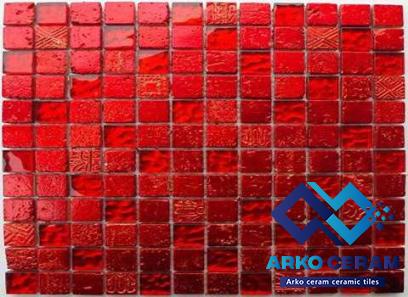 4.2 Bathrooms: Glass tile is an excellent option for bathroom walls and shower enclosures. Its moisture-resistant properties make it ideal for wet areas, and its reflective qualities create a spa-like ambiance. Additionally, glass tile can be used to create stunning mosaic patterns in bathroom floors, adding a touch of luxury and elegance. 4.3 Swimming Pools: Glass tile’s durability, resistance to chlorine, and vibrant colors make it an excellent choice for swimming pools. It can withstand the harsh chemicals and extreme temperature changes associated with pool environments, providing a visually appealing and long-lasting solution. 4.4 Accent Walls: Glass tile can be used to create striking accent walls in various areas of a home or commercial space. Whether it’s a living room, office, or retail store, the use of glass tile can instantly elevate the design and create a focal point that grabs attention. Section 5: Maintenance and Care: To ensure the longevity and beauty of American glass tile, it is essential to follow proper maintenance and care practices. Regular cleaning using a mild cleanser and a non-abrasive sponge or cloth is recommended. Avoid using harsh chemicals or abrasive materials that may scratch or damage the glass surface. Additionally, sealing the grout lines surrounding the glass tile can help prevent staining and maintain a fresh appearance.
4.2 Bathrooms: Glass tile is an excellent option for bathroom walls and shower enclosures. Its moisture-resistant properties make it ideal for wet areas, and its reflective qualities create a spa-like ambiance. Additionally, glass tile can be used to create stunning mosaic patterns in bathroom floors, adding a touch of luxury and elegance. 4.3 Swimming Pools: Glass tile’s durability, resistance to chlorine, and vibrant colors make it an excellent choice for swimming pools. It can withstand the harsh chemicals and extreme temperature changes associated with pool environments, providing a visually appealing and long-lasting solution. 4.4 Accent Walls: Glass tile can be used to create striking accent walls in various areas of a home or commercial space. Whether it’s a living room, office, or retail store, the use of glass tile can instantly elevate the design and create a focal point that grabs attention. Section 5: Maintenance and Care: To ensure the longevity and beauty of American glass tile, it is essential to follow proper maintenance and care practices. Regular cleaning using a mild cleanser and a non-abrasive sponge or cloth is recommended. Avoid using harsh chemicals or abrasive materials that may scratch or damage the glass surface. Additionally, sealing the grout lines surrounding the glass tile can help prevent staining and maintain a fresh appearance.

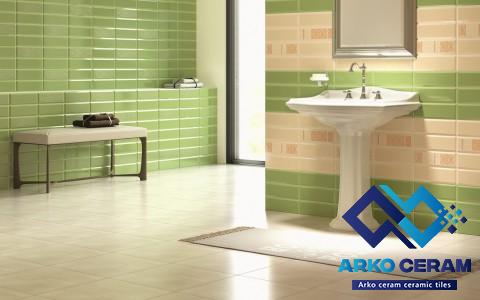
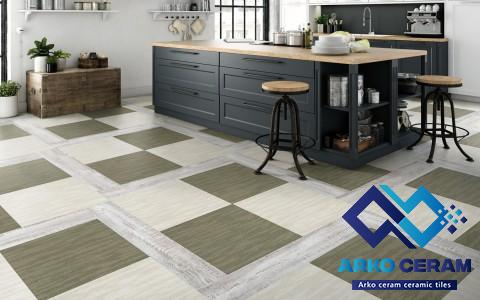
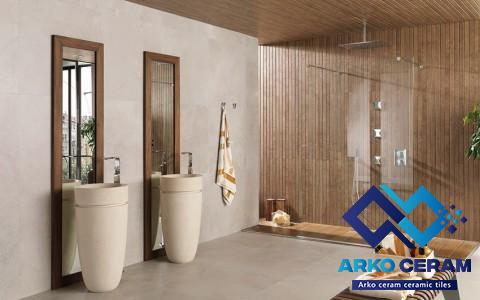




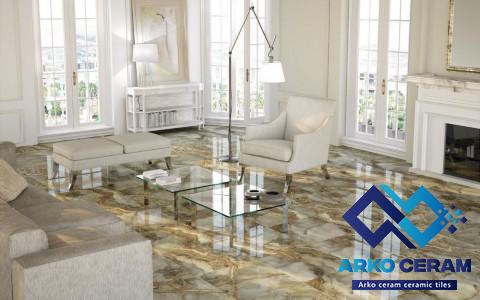
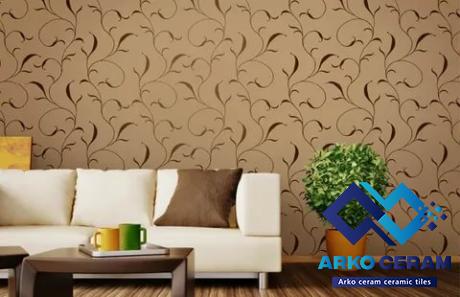
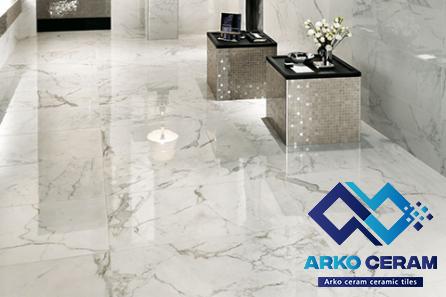
Your comment submitted.